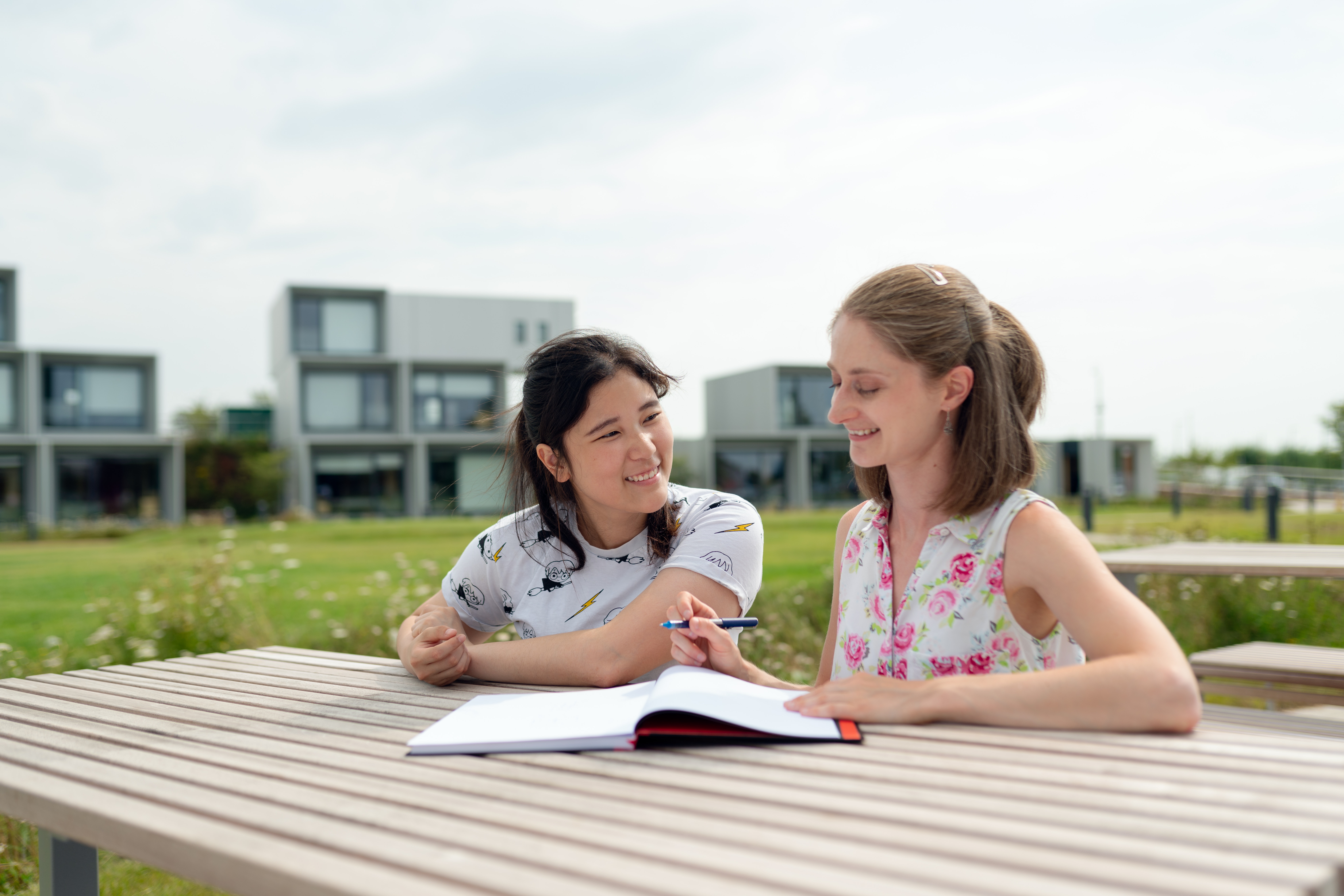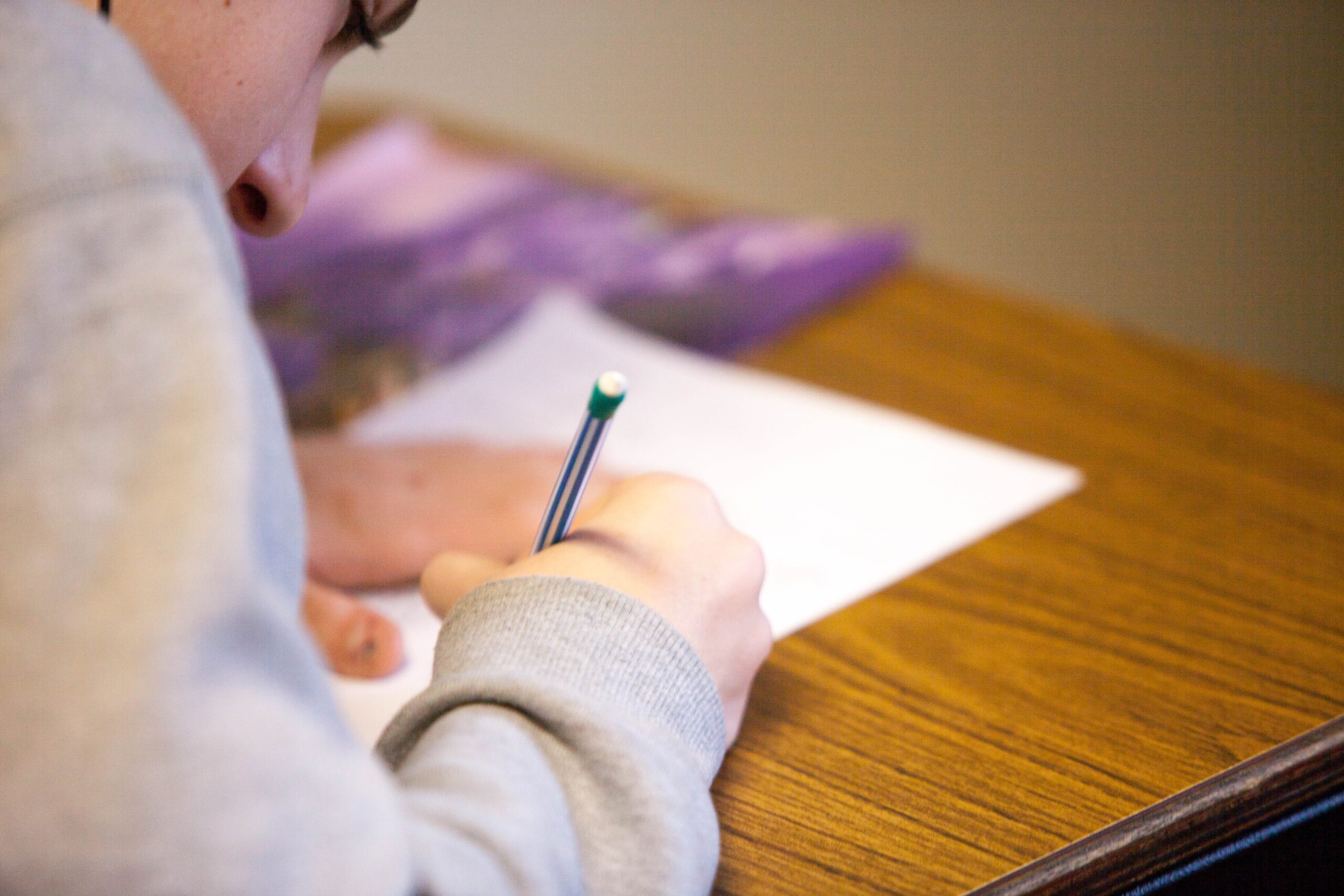Using HSC English past papers is an excellent way to prepare for your exam. Reviewing previous exams can help identify areas you need to improve on and give you an…
Techniques are an essential aspect of English from Year Seven to Year Twelve, yet it is arguably the most common area where students throughout their high school education consistently lose marks. Most students struggle to identify techniques in texts studied in class, let alone include techniques in an essay or comprehension task. Why? The answer is twofold. Firstly, techniques are taught at most schools in Year Seven. However after this initial presentation, techniques become assumed knowledge, despite the fact that students study texts, both in class and independently, that utilise techniques in more complex and nuanced ways. Secondly, techniques are abstract concepts that are often explained through the use of examples. While this may be helpful when techniques are first encountered, it can be difficult for students to identify techniques using these examples as a guide since the use of techniques use differs slightly with each composer, medium and context.
In the broadest sense, techniques are methods by which composers express stylistic meaning in a text. There are three broad classifications of techniques: literary, visual and filmic. Literary techniques can be evident in any written text such as novels, poetry and drama. However literary techniques can also be applied to texts that were initially written down including speeches and dialogue in films. Visual techniques relate to still images, and filmic techniques are evident in moving images. Texts thus can combine techniques from across these three subgroups, for example a cartoon with a caption could employ literary and visual techniques. This is particularly true when students study film. Films obviously utilise filmic techniques, however literary techniques can be discussed in relation to any on-screen text or dialogue, and visual techniques can be applied to any still image including an individual frame.
By the HSC, students from Standard to Extension Two English are expected to engage with techniques in every section of the exam. In Papers One and Two students complete four extended responses, usually all essays. Students are required to identify and explain the significance of techniques in relation to specifically chosen quotes or examples from their set text/s and in related text/s of their own choosing. This discussion of techniques should relate to themes of the topic and contribute to answering the question. In the Comprehension section of Paper One students must identify and explain techniques in four unseen texts across different media, including an extended response where students are required to compare and contrast two different texts. In the creative writing sections of Paper One, students are marked on their ability to utilise techniques in their own piece of imaginative and original writing.
Due to the flexible nature of techniques, the ability to identify and explain their use is improved through drills. Although at some schools teachers exhaustively identify techniques in set texts, students still need to master the use of techniques to ensure success both in the analysis of their related texts and also in the Comprehension section of the exam. At MasterCoaching techniques are constantly revised and tested through in class exercises and homework to ensure students are on top of this essential skill.

HSC English Tutors
Master Coaching offers one on one tutoring for HSC English. We are located in Hurstville, Sydney, and also offer online tutoring for students across NSW.


